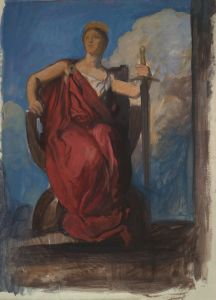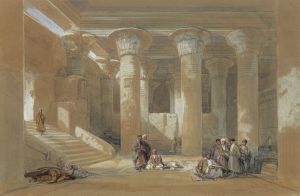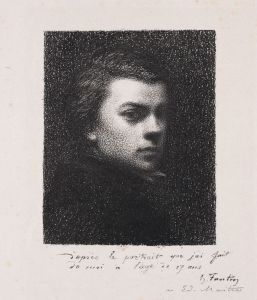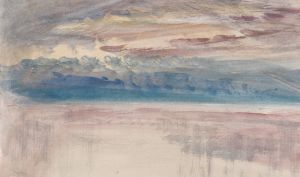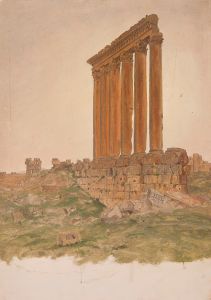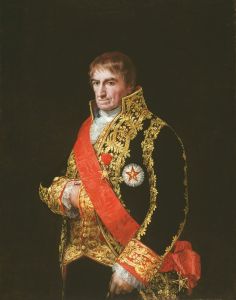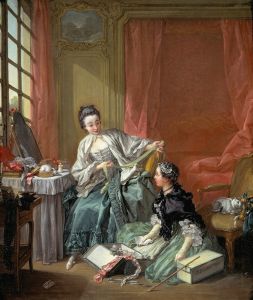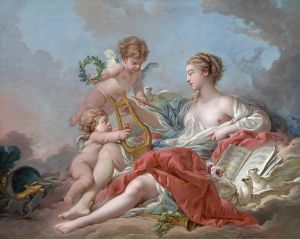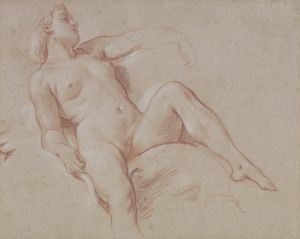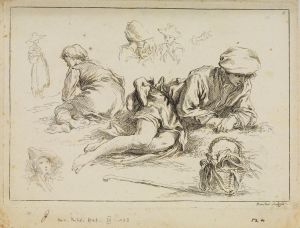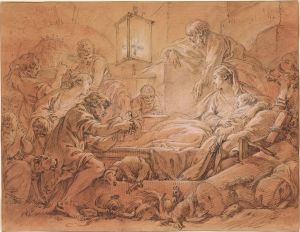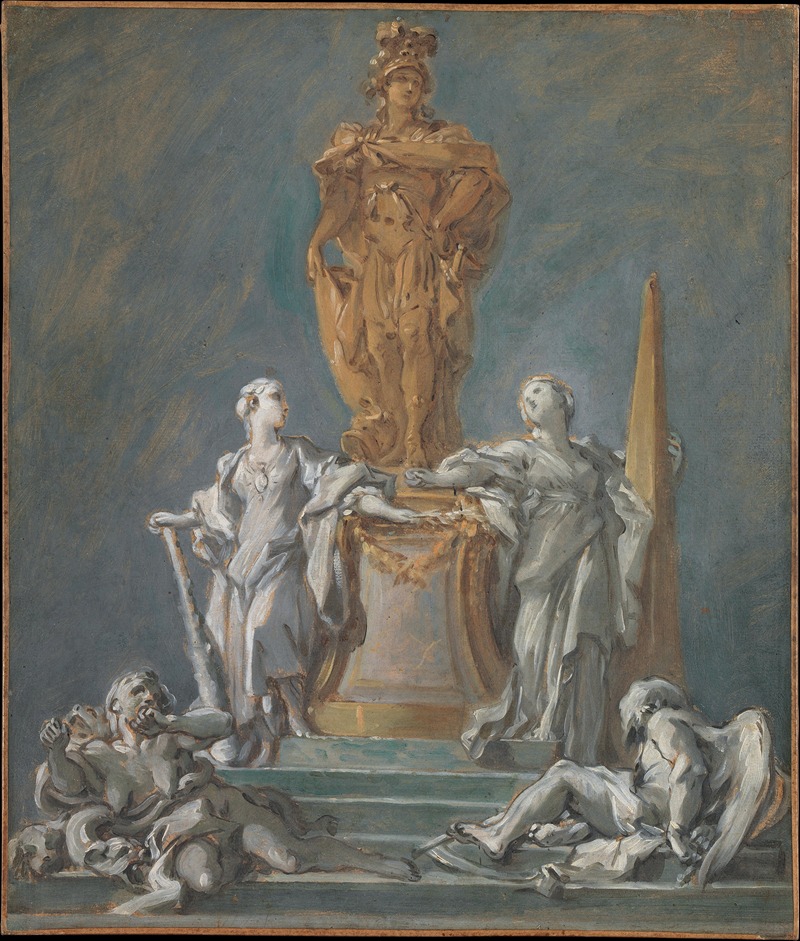
Study for a Monument to a Princely Figure
A hand-painted replica of François Boucher’s masterpiece Study for a Monument to a Princely Figure, meticulously crafted by professional artists to capture the true essence of the original. Each piece is created with museum-quality canvas and rare mineral pigments, carefully painted by experienced artists with delicate brushstrokes and rich, layered colors to perfectly recreate the texture of the original artwork. Unlike machine-printed reproductions, this hand-painted version brings the painting to life, infused with the artist’s emotions and skill in every stroke. Whether for personal collection or home decoration, it instantly elevates the artistic atmosphere of any space.
François Boucher, a prominent French painter of the Rococo period, is renowned for his idyllic and voluptuous depictions of classical themes, decorative allegories, and pastoral scenes. One of his works, "Study for a Monument to a Princely Figure," exemplifies his mastery in draftsmanship and his ability to convey grandeur and elegance through his art. This particular piece, although not as widely discussed as some of his other works, reflects Boucher's skill in creating preparatory studies that capture the essence of his subjects with precision and grace.
"Study for a Monument to a Princely Figure" is a drawing that showcases Boucher's adeptness in using chalk and ink to render detailed and expressive figures. The drawing likely served as a preparatory study for a larger work or a proposed monument, as suggested by its title. Boucher's studies were often characterized by their fluid lines and dynamic compositions, which allowed him to experiment with form and movement before committing to a final piece.
In this study, Boucher's attention to detail is evident in the careful rendering of the princely figure's attire and posture. The figure is depicted with a sense of nobility and poise, embodying the regal qualities that would befit a monument dedicated to a princely individual. Boucher's use of light and shadow adds depth to the drawing, enhancing the three-dimensionality of the figure and lending a sense of realism to the study.
Boucher's work was heavily influenced by the artistic trends of his time, particularly the Rococo style, which emphasized ornate detail, lightness, and elegance. His ability to capture the spirit of the Rococo movement is evident in this study, as he combines classical elements with a playful and decorative approach. The study reflects Boucher's interest in classical antiquity and his ability to reinterpret these themes through a contemporary lens.
Throughout his career, Boucher was known for his ability to produce a high volume of work, including paintings, drawings, and designs for tapestries and porcelain. His studies, such as "Study for a Monument to a Princely Figure," played a crucial role in his creative process, allowing him to explore different compositions and refine his ideas before executing them in larger formats.
While specific details about the intended monument or the identity of the princely figure remain unclear, the study itself stands as a testament to Boucher's artistic prowess and his contribution to the Rococo movement. His work continues to be celebrated for its technical skill, imaginative compositions, and the ability to capture the essence of 18th-century French aristocratic culture.
In summary, "Study for a Monument to a Princely Figure" by François Boucher is a fine example of the artist's skill in creating preparatory studies that embody the elegance and sophistication of the Rococo style. Through his meticulous attention to detail and his ability to convey a sense of grandeur, Boucher's study remains an important piece in understanding his artistic legacy and the broader context of 18th-century French art.





